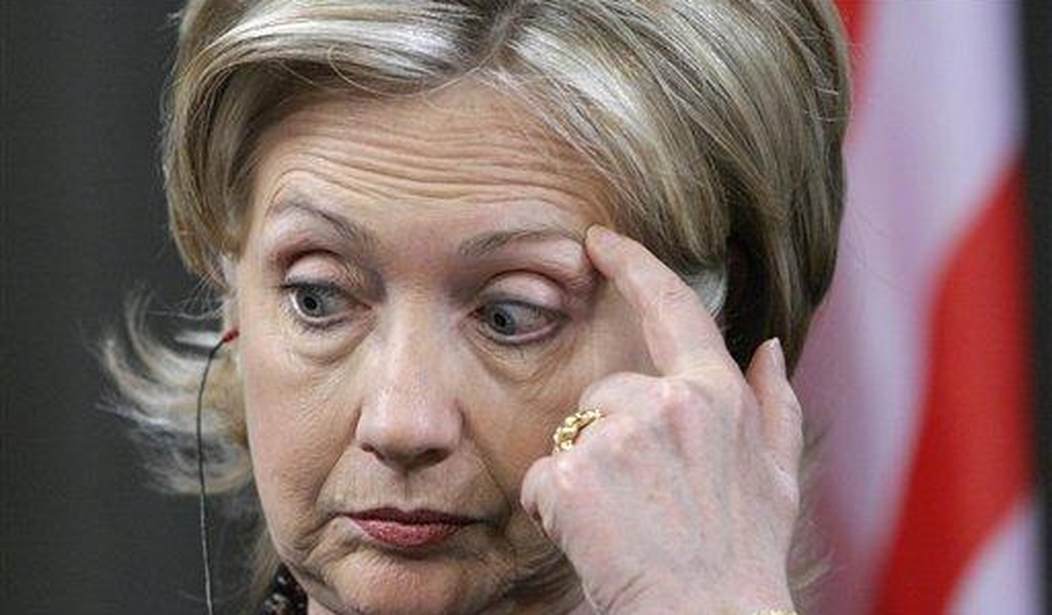Tablet’s Jacob Siegel has written a lengthy and fascinating account of what he calls the hoax of the century. Matt Taibbi, whose work on the Twitter Files is mentioned near to opening of Siegel’s story calls it the “Grand Opus on the Anti-Disinformation Complex.”
It’s impossible to summarize an article of over 10,000 words but think of this as a kind of grand unifying theory of roughly the last decade of our domestic politics. It attempts to tie together everything from the 2016 election to the Russia collusion story to the push against internet so-called disinformation by government entities with the cooperation of giant social media companies. This is big government as big influencer.
Since 2016, the federal government has spent billions of dollars on turning the counter-disinformation complex into one of the most powerful forces in the modern world: a sprawling leviathan with tentacles reaching into both the public and private sector, which the government uses to direct a “whole of society” effort that aims to seize total control over the internet and achieve nothing less than the eradication of human error…
In the fall of 2017, the FBI opened its Foreign Influence Task Force for the express purpose of monitoring social media to flag accounts trying to “discredit U.S. individuals and institutions.” The Department of Homeland Security took on a similar role…
It was not enough for a few powerful agencies to combat disinformation. The strategy of national mobilization called for “not only the whole-of-government, but also whole-of-society” approach, according to a document released by the GEC in 2018. “To counter propaganda and disinformation,” the agency stated, “will require leveraging expertise from across government, tech and marketing sectors, academia, and NGOs.”
This is how the government-created “war against disinformation” became the great moral crusade of its time. CIA officers at Langley came to share a cause with hip young journalists in Brooklyn, progressive nonprofits in D.C., George Soros-funded think tanks in Prague, racial equity consultants, private equity consultants, tech company staffers in Silicon Valley, Ivy League researchers, and failed British royals. Never Trump Republicans joined forces with the Democratic National Committee, which declared online disinformation “a whole-of-society problem that requires a whole-of-society response.”
Even trenchant critics of the phenomenon—including Taibbi and the Columbia Journalism Review’s Jeff Gerth, who recently published a dissection of the press’s role in promoting false Trump-Russia collusion claims—have focused on the media’s failures, a framing largely shared by conservative publications, which treat disinformation as an issue of partisan censorship bias. But while there’s no question that the media has utterly disgraced itself, it’s also a convenient fall guy—by far the weakest player in the counter-disinformation complex. The American press, once the guardian of democracy, was hollowed out to the point that it could be worn like a hand puppet by the U.S. security agencies and party operatives.
It would be nice to call what has taken place a tragedy, but an audience is meant to learn something from a tragedy. As a nation, America not only has learned nothing, it has been deliberately prevented from learning anything while being made to chase after shadows. This is not because Americans are stupid; it’s because what has taken place is not a tragedy but something closer to a crime. Disinformation is both the name of the crime and the means of covering it up; a weapon that doubles as a disguise.
This is just a sample of the introduction. What follows is a discussion broken into 13 separate parts about how this effort grew in the background and shaped many of the stories that were placed in the foreground. For instance, Hillary Clinton’s shifting views of the internet:
As Obama’s secretary of state, Hillary Clinton led the government’s “Internet freedom” agenda, which aimed to “promote online communications as a tool for opening up closed societies.” In a speech from 2010, Clinton issued a warning about the spread of digital censorship in authoritarian regimes: “A new information curtain is descending across much of the world,” she said. “And beyond this partition, viral videos and blog posts are becoming the samizdat of our day.”
It is a supreme irony that the very people who a decade ago led the freedom agenda for other countries have since pushed the United States to implement one of the largest and most powerful censorship machines in existence under the guise of fighting disinformation.
Or perhaps irony is not the right word to capture the difference between the freedom-loving Clinton of a decade ago and the pro-censorship activist of today, but it gets at what appears to be the about-face done by a class of people who were public standard-bearers for radically different ideas barely 10 years earlier. These people—politicians, first and foremost—saw (and presented) internet freedom as a positive force for humanity when it empowered them and served their interests, but as something demonic when it broke down those hierarchies of power and benefited their opponents. That’s how to bridge the gap between the Hillary Clinton of 2013 and the Clinton of 2023: Both see the internet as an immensely powerful tool for driving political processes and effecting regime change.
Which is why, in the Clinton and Obama worlds, the rise of Donald Trump looked like a profound betrayal—because, as they saw it, Silicon Valley could have stopped it but didn’t.
There’s so much more to this. There’s a section on the Russia collusion scandal, on the hunt for disinformation about COVID and how that involved everything form masks to the lab leak theory. And of course it explains the reaction to the Hunter laptop story. By 2020 the government and the left had control of the social media they blamed for the loss in 2016 and they used it.







Join the conversation as a VIP Member